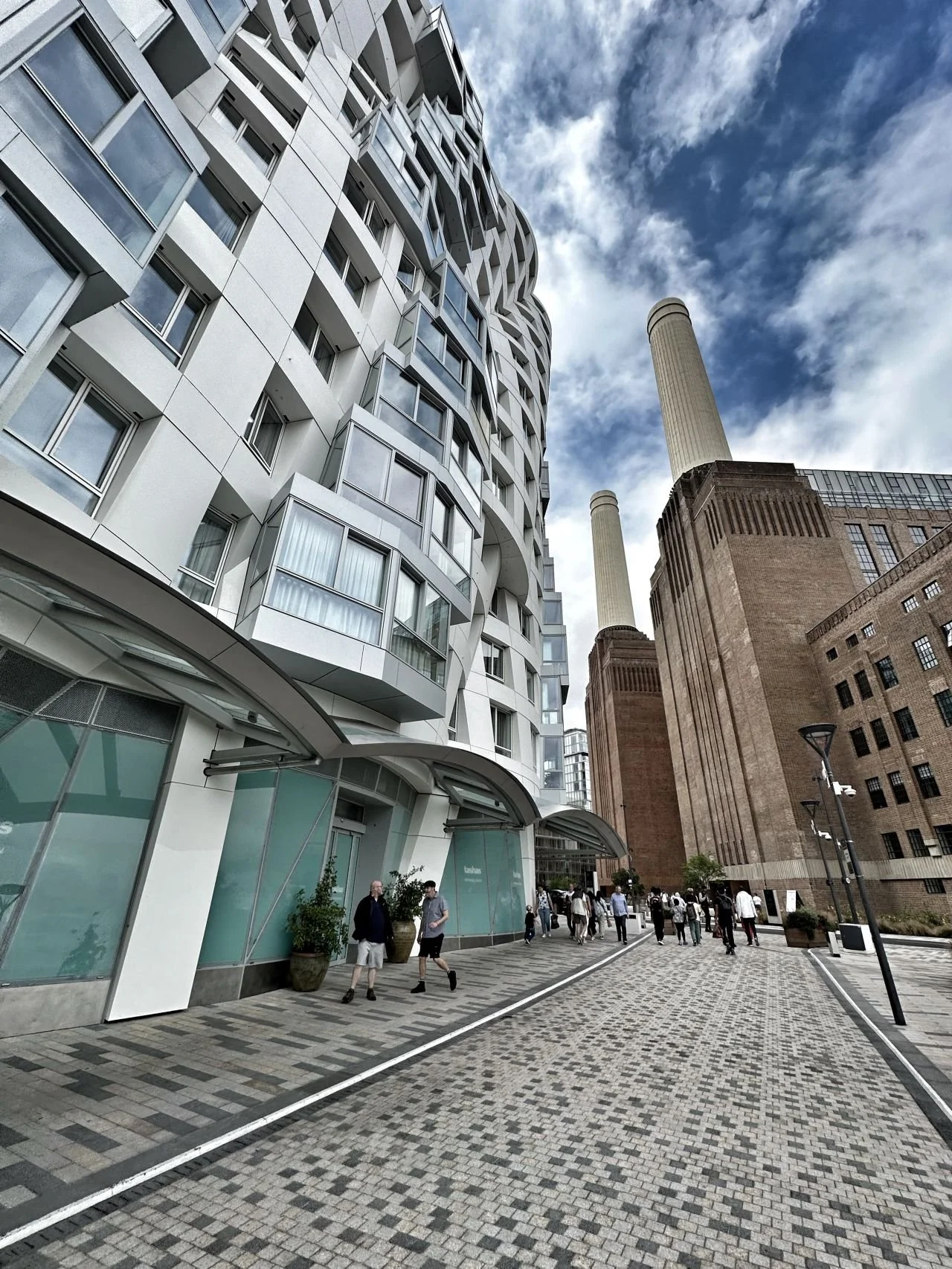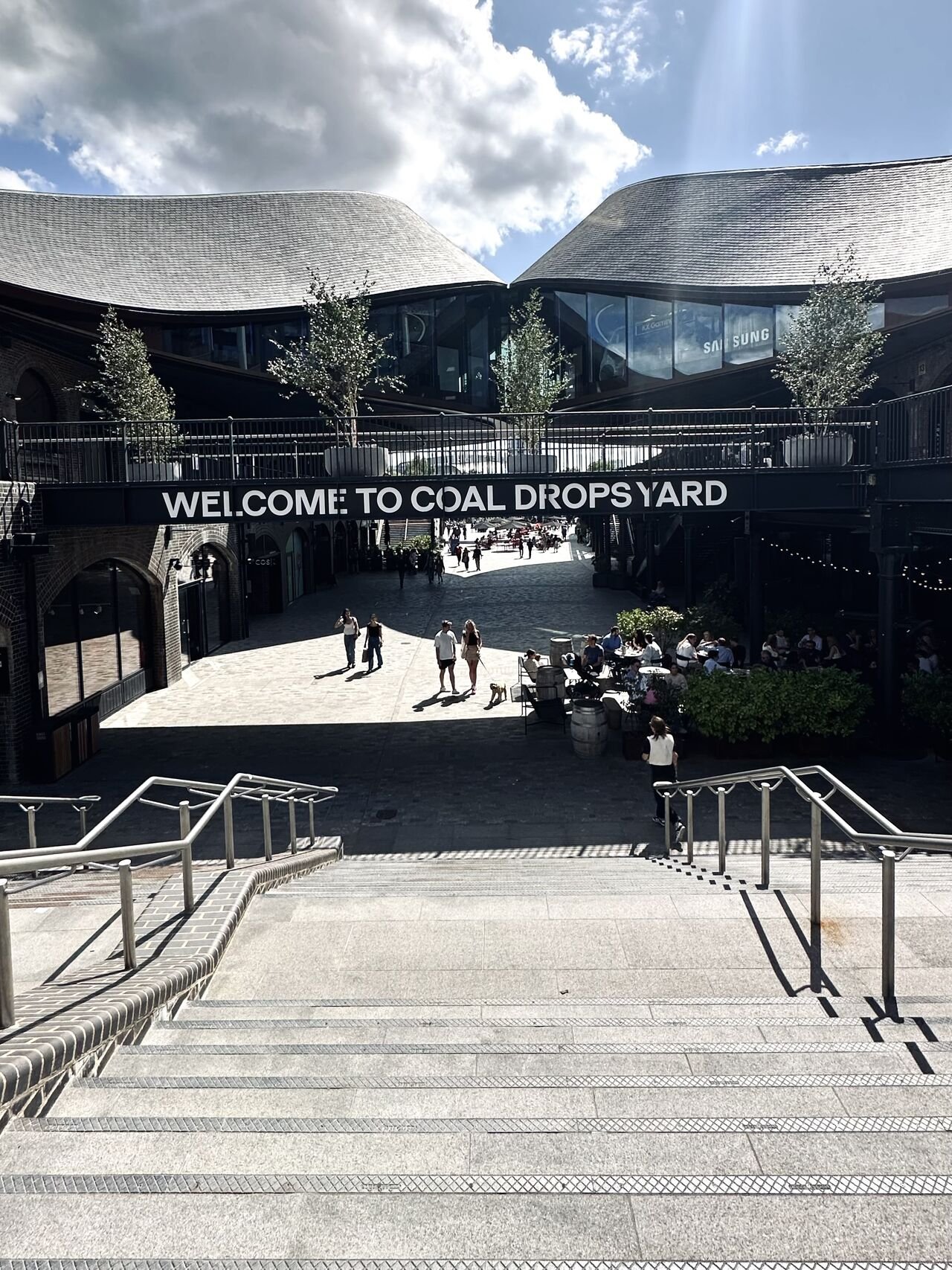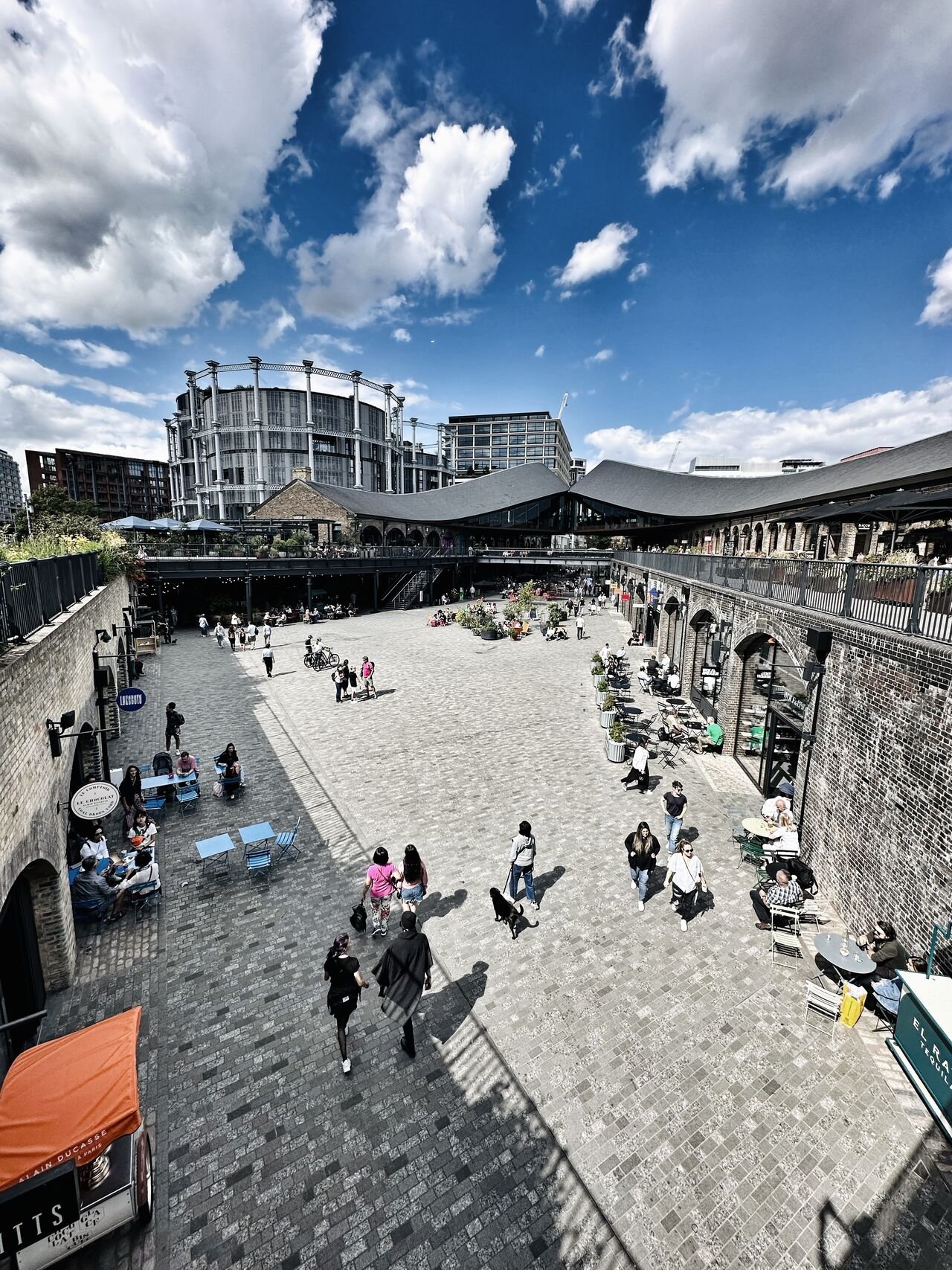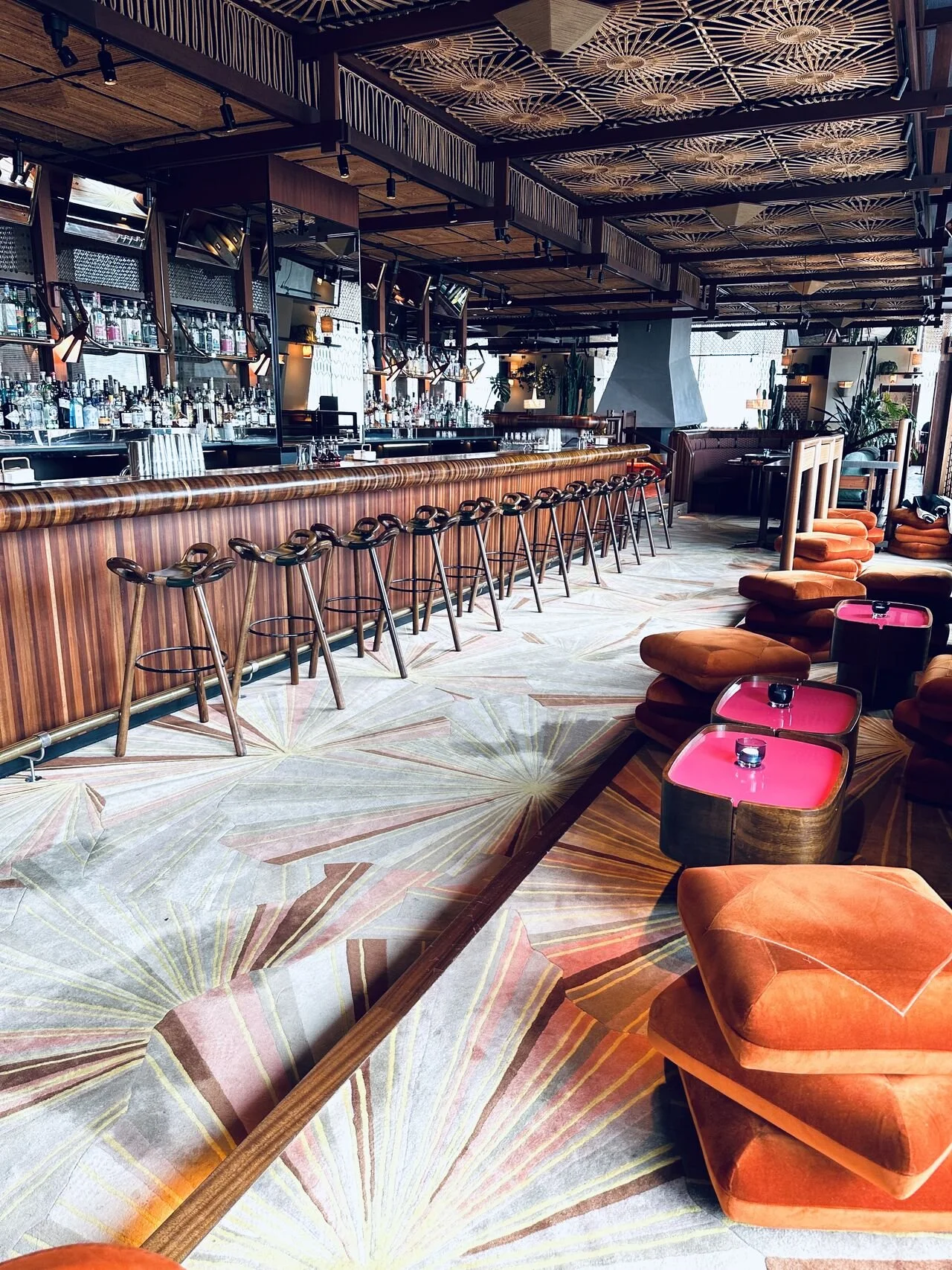
Back in London a couple of months ago I visited Battersea Power Station, Coal Drops Yard and The Standard (one I worked on back 2015). These adaptive reuse projects entice people to visit. They’re bold. They tell a story.
The bricks and mortar honour the past, but the playful elements like chimney lift shaft, themed bar, encircling shared street and basketball courts engage with the city in a contemporary way.
We’re lucky in Sydney: we can learn from international projects like these (the pros and cons) to apply thinking to White Bay Power Station, Newtown Tram Sheds and North Eveleigh, to name a few. Heritage isn’t a burden, but an opportunity to reinterpret and reimagine.
Featured

Sydney Metro brought to life with stunning public art works








































